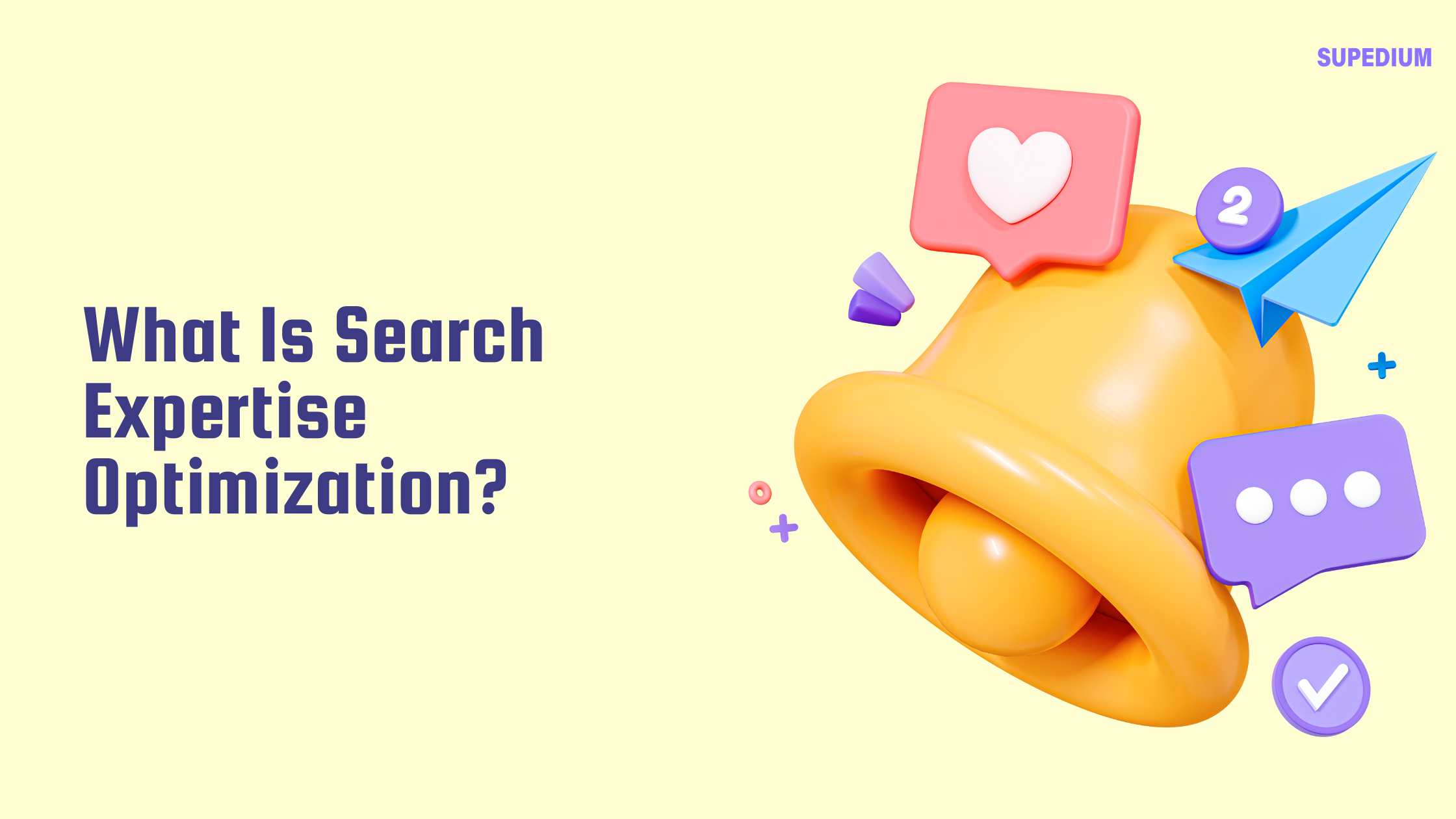Table of Contents
![]()
Hyperinflation Definition
Hyperinflation is exceptionally fast or unmanageable increase in prices – a condition largely brought about by disproportionate deficit spending via excessive printing of money. Hyperinflation greatly reduces the value of currency and renders it unusable as a medium of exchange. Statistically, hyperinflation occurs when a countrys inflation rate exceeds 50 percent over the period of a month. Although a rare occurrence, hyperinflation, has already affected major economies several times in the past century.
A Little More on What is Hyperinflation
In the context of economic downturns, hyperinflation is brought about by a substantial increase in the supply of currency on the one hand, and a poor gross domestic product (GDP) growth on the other, thus leading to a huge disparity between supply and demand of currency. Unless controlled, hyperinflation will cause unnatural spike in prices of commodities following the fall of the currency. During hyperinflation, price increases can be measured on a daily basis. This is in sharp contrast to normal inflation, where price increases are measured on a monthly basis. During military conflicts, hyperinflation may be brought about by diminishing faith in a currency’s capability to preserve its value in the aftermath of the conflict. This is the reason why sellers often mandate the payment of a risk premium (via inflated prices of commodities) to accept payments in terms of the affected currency. This abrupt increase in prices invariably brings about hyperinflation.
Hyperinflation Is a Manufactured Catastrophe
Hyperinflation and the resultant loss in confidence of citizens in a countrys currency results in mass hoarding of commodities that are perceived as essential or invaluable. Hoarding causes scarcity of essential commodities such as food and fuel and results in abrupt increase in their prices. The governments resultant push to print more currency to balance commodity prices through a steady cash flow only aggravates the problem.
Effects of Hyperinflation
Hyperinflation has several cascading consequences. Hoarding of essential commodities causes an immediate scarcity and as a result, it leads to abrupt increase in prices. People also tend to hoard money instead of depositing it in banks, affecting financial institutions to such an extent that many go bankrupt. The government loses revenue significantly, thus affecting its capability to provide even basic amenities to its citizens.
Examples of Extreme Hyperinflation
Experts attribute hyperinflation to political pandemonium, rather than economic turmoil. One resounding example of extreme hyperinflation would be of the economic mayhem preceding the dissolution of erstwhile Yugoslavia during the end of the 20th century. Annual inflation rates in the country were pegged at a whopping 75 percent, caused mainly by gross financial mismanagement by the political rulers of the then Serbian province. The governments move to print more currency greatly exacerbated the problem and its treasury was left virtually penniless. Hyperinflation obliterated the countrys economy, forcing its citizens to barter essential commodities. The inflation rate increased at an unbelievable 300 million percent per month! There was an acute shortage of food, and production, which was now controlled by the government, came to a standstill. It was only after the government dissolved its currency and adopted the then German Mark that the colossal turmoil finally ended. Nevertheless, this did not prevent the breakup of the country.
References for Hyperinflation
- https://en.wikipedia.org/wiki/Hyperinflation
- https://www.investopedia.com/terms/h/hyperinflation.asp
- https://inflationdata.com/articles/hyperinflation/
- http://www.businessdictionary.com/definition/hyperinflation.html





Be the first to comment